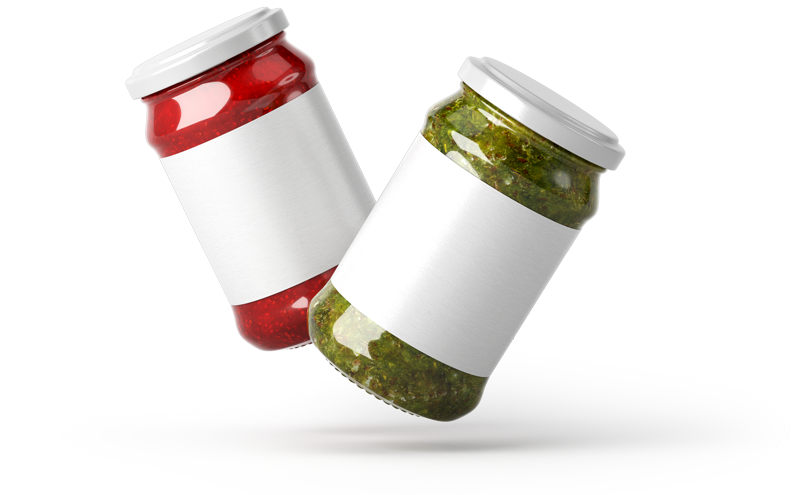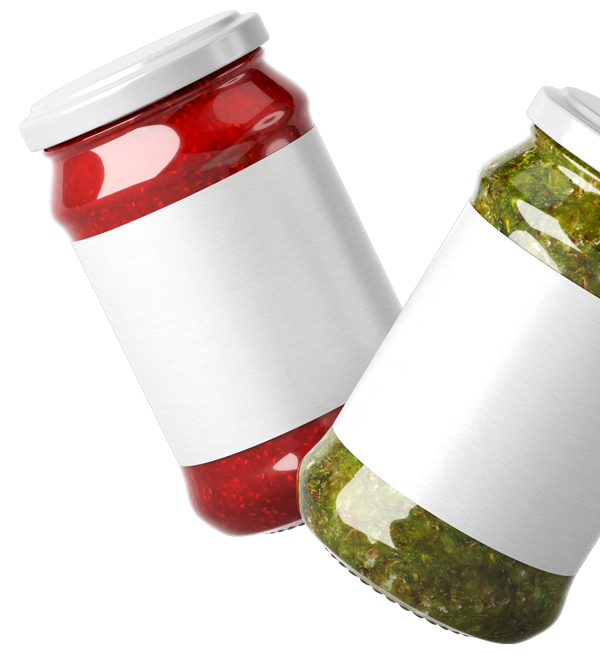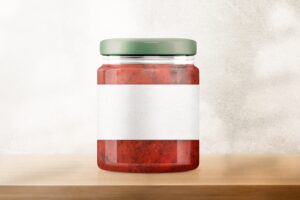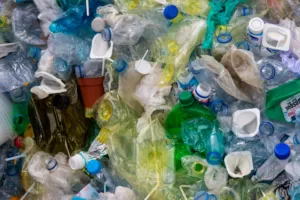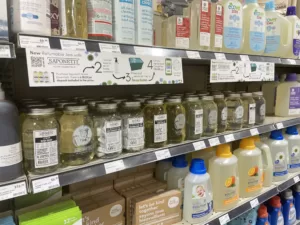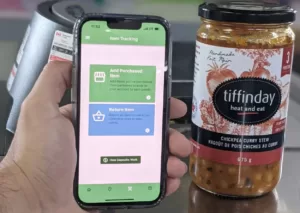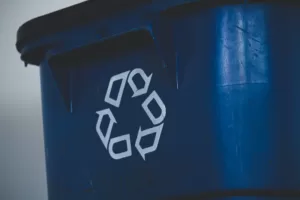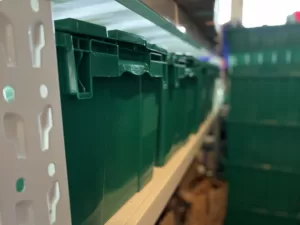You often hear that a reuse system can pave the way to a more sustainable future, and that is true. In today’s article, we hope to explain why this is the case, and also show some of the nuances behind reuse.
Natural Environment Focus Areas
Upon the creation of any new item, there is an environmental impact. This can be broken down into many streams, all of which we won’t discuss today, however, we will be discussing the most prominent when it comes to reusing. These areas are:
- Carbon Emissions: The oft-talked metric is used to gauge the amount of carbon emissions, or other potent greenhouse gases such as methane, under the metric of CO2e (carbon dioxide equivalent). This is a closely-followed metric due to its link to climate change.
- Material Consumption: Often measured in tons of material, this is the straightforward measurement of the amount of resources used to produce one item.
- Water and Land Pollution: This metric describes the introduction of foreign material into our natural world. This includes macro materials such as a plastic bag in the ocean or a cigarette butt in a city and micro materials such as microplastics and chemical leaks.
The number of Use Cycles: Reuse is a packaging solution that derives its environmental benefit from the number of cycles completed, so let’s chat about that further
- What is a “use cycle”?: You can think about a use cycle as the act of actually reusing any item one time. For Circulr, this means the reuse of one piece of packaging through the process of consumer use, collection, sanitization, and then refill.
- Why do the number of cycles matter?: As discussed above, the more an item is reused, the better its environmental benefit becomes, under the assumption that each reuse cycle has a smaller impact than virgin production. Thankfully, this is often the case as fewer resources are required to reuse an item compared to creating it from scratch.
- How to improve the number of cycles: Improving the number of cycles happens when consumers are aware of and can participate in an easy-to-use and worthwhile reuse process. This means that education, an easy reuse system, and incentivization such as a deposit are all required.
- How do you calculate the number of cycles per item?: This is a tricky question on a per-unit case as it’s almost impossible to track a unique item through multiple uses through a reuse system. However, if you look at the overall return-reuse rate, then you can calculate a rough idea of the average use cycles. For example, if you have a reuse rate of 95.5%, that means you are getting on average 20 use cycles.
“As an example, say you integrate reusable shipping packaging into your ecommerce logistics stream, and 75% of your customers send back the empty packaging to be used again. 75% might seem high – but in actuality, it means the average bag is only used for four outbound shipments before it is either thrown in the garbage or into a customer’s closet or garage.
In practice, it means you ship out 100 bags and get 75 back. You then ship out those 75 and get 56 back. Ship out the 56 and you get 42 back, etc., etc. It is true that roughly two of those original 100 bags will be the lucky ones that keep getting returned and end up being used for 15 customer shipments”
Michael Newman, Returnity CEO
A Note About Reuse: Before we dive any deeper, it must be said that reuse is often the best solution on a holistic level, but it can be worse from a carbon emissions and material consumption standpoint if the packaging creation is particularly low impact (plastic bottle vs glass bottle), and if there aren’t enough use cycles. One must also consider the difference between any net new activities versus the general status quo when comparing models.
Natural Environment Benefits: Let’s get down to the good news. Reusable packaging can be a great tool in the fight to conserve resources and mitigate damage to our natural environment. Let’s look again at our environmental focus areas.
- Carbon Emissions: The reuse process incurs carbon emissions through its two main physical processes collection and sanitization. Thankfully, this is a far smaller impact than virgin production, since reuse avoids production and has a lower transportation impact.
- Material Consumption: Besides water and non-toxic sanitization chemicals, the reuse of a unit requires no new materials before its next use cycle.
- Water and Land Pollution – Reuse ensures that packaging is properly handled at its end of life. Since there is a financial incentive for packaging to be reused, materials are kept out of our natural environments, whether it be land or water. Furthermore, since a reuse system reduces the burden on recycling infrastructure, the recycling process can also improve. This trend occurs because our recycling infrastructure is overwhelmed, and reuse can help make our recycling and landfill waste streams smaller and easier to handle.
Social Environment Focus Areas:
When discussing the social environment, we are talking about how the reuse system affects the local communities where we operate. Although harder to measure, it is often best to look at three areas: job creation / local investment, cleaner local environments, deposit donation programs, and the overall cultural shift of citizens.
Social Environment Benefits:
- Keeping jobs and investment local: Reuse works best from an environmental standpoint when packaging is kept local. This means keeping jobs in the community and investment local.
- Systems with a deposit can lend themselves to donation schemes easily. For example, customers can choose to have their deposits donated to a local charity, like the bin below, shown located in an airport.
- Cleaner Local Environments: Litter in our environment is becoming more widespread and landfill space is running out, so we must look at how packaging can be properly handled at its end of life. We’ve seen that recycling was not the silver bullet we were hoping for. We must therefore look to making sure items are used for as long as possible, and that recycling and landfill are the last resort.
- How Reuse Affects Our Culture: When someone starts to reuse, they better understand that they are helping avoid new material creation from occurring. They then get in the habit of making sure materials are properly handled. In turn, this also makes consumers more likely to participate in other eco-programs such as thrifting and local cleanups.
To learn more about the impact of reuse vs single-use items, we recommend you look at this report done by Zero Waste Europe

